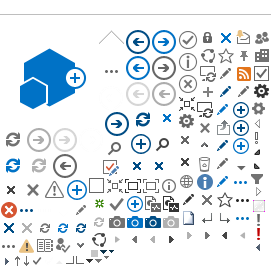ITU-T Study Group 17 - Security, languages and telecommunication software
(Study Period 2005 - 2008)
This page refers to a previous study period. For its most recent version, please see
here.
Work on telecommunication security continues to intensify to meet today's challenges for more secure network infrastructure, services and applications. Over seventy standards (ITU-T Recommendations) focusing on security have been published. And recently added emphasis was given to the topic when attendees to a cybersecurity symposium asked ITU-T to accelerate its work in the field.
Within ITU-T, Study Group 17 coordinates security-related work across all study groups.
One key reference for security standards in use today is the ITU-T Recommendation X.509 for electronic authentication over public networks. X.509, a cornerstone for designing applications related to public key infrastructure (PKI), and is widely used in a wide range of applications from securing the connection between a browser and a server on the web to providing digital signatures that enable e-commerce transactions to be conducted with the same confidence as in a traditional system. Without wide acceptance of the standard, the rise of e-business would have been impossible.
Work Highlights
A more recent achievement of SG17's is Recommendation X.805, which will give telecom network operators and enterprises the ability to provide an end-to-end architecture description from a security perspective. Key players from telecom network operators, manufacturers and governments have defined the specifications that will alter the way that companies look at their networks. The Recommendation will allow operators to pinpoint all vulnerable points in a network and mitigate them.
SG 17 is also the place to study technical languages and description techniques. An example is the formal language Abstract Syntax Notation One (ASN.1) an important component for much r protocol specification or systems design,. ASN.1 is an extremely important part of today's networks. ASN.1 is used, for example, in the signalling system (SS7) for most telephone calls, package tracking, credit card verification and digital certificates and in many of the most used software programs. And today's work is progressing towards the development of unified modeling language profiles (UML) for ITU-T languages.
Study Group 17 Flyers:
ASN.1
Security